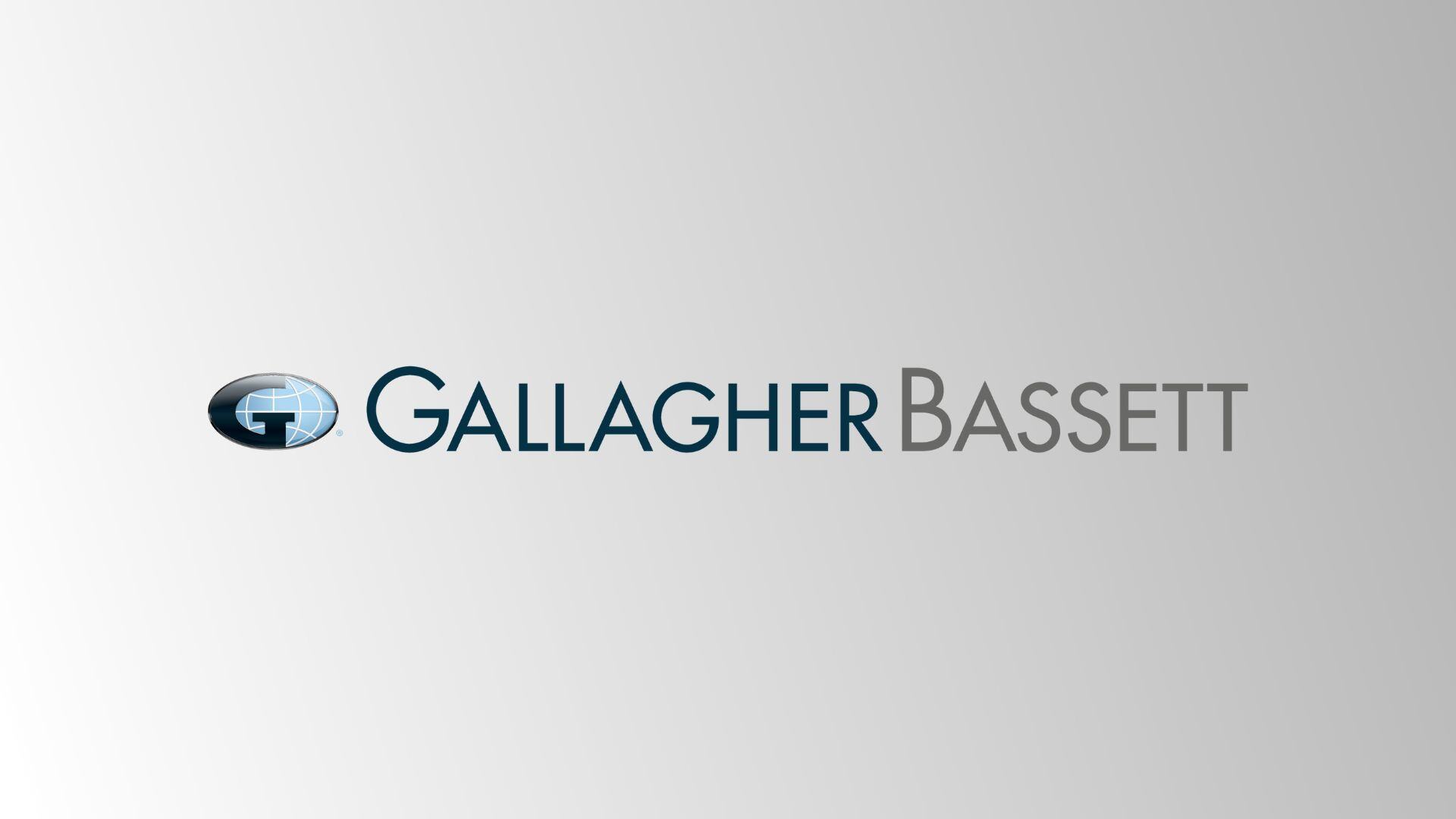Mind the gap: Health and safety for intergenerational workplaces

For the first time in history, most workforces are now a mix of four generations – The Silent Generation, the Baby Boomers, Generation X and Millennials – who all have different work styles, values, and motivation and communication styles.
Intergenerational workforces present employers with complicated workplace dynamics such as stereotyping and different preferences towards training. In addition, they encounter varying risks in the workplace, which can all have a significant effect on occupational health and safety and workers’ compensation claims.
We look at some of these key challenges and address how employers and organisations can embrace flexibility to provide a safe and healthy workplace, free of injury and illness, for employees of all ages.
Is age really a number?
An intergenerational workforce has a large potential for negative stereotyping. Older workers, whether they are 45 or 70, can be victims of outdated attitudes, unfair policies and prejudices, whereas this same generation may perceive Millennials as entitled, tech-obsessed or too eager to challenge norms.
Generational differences can present a positive opportunity for development at both ends of the spectrum. Younger workers’ enthusiasm for trying new things could be used to encourage a culture of innovation, while older workers can use their experience and broad perspective to help Millennials understand some of the costs and risks associated with their ideas. To facilitate this dialogue, GB has developed training on Motivation and Millennials, which covers the required strategic actions and business opportunities that are created when employing Millennials, who currently make up approximately a third of the workforce.
Communication styles and talking the talk
Different generations have different preferences towards how they undertake training. We recently wrote an article on how to get Millennials pumped about safety training, which found that this generation place greater emphasis on learning independently using computer-based training or the internet.
Baby Boomers and Generation X, on the other hand, prefer more traditional classroom or paper-based training. Given the difference between generations, it’s easy to see how a one size fits all approach is not beneficial when designing training material.
When it comes to workers’ compensation, ensuring employees are thoroughly trained and equipped to competently do their role is critical in avoiding accidents in the workplace. Re-assessing and re-designing your workplace training and induction ensures it is easily understood by all employees and mitigates the risk of injury or illness.
Are workplace hazards the same regardless of the age of employees?
Workplace hazards affect the health and safety of workers of all ages. Although age doesn’t make a difference to a worker’s health and safety requirements, certain hazards, if not dealt with, may present added dangers to older workers. For example, poor or inadequate lighting may pose a particular safety issue for older workers.
Millennials have higher incidence rates of work-related injuries than baby boomers, especially in industries with high levels of shift workers, such as health care, hospitality and construction. However, studies show that when an older worker does get injured, their injuries are often more severe, with longer recovery times. That’s why we’ve developed ageing workforce training to educate clients in this area and help them implement appropriate hazard mitigation strategies.
Employers with an ageing workforce should develop targeted risk management programs to reduce the risk of injury in older workers. In developing your risk management program, we put together some of the key risk factors you should consider, and tips for how they can be best managed here
How to maintain a safe intergenerational workplace
There are a few simple actions you can take to ensure safety is a priority amongst employees of all generations.
- Plan for an ageing workforce – have meaningful two-way conversations with mature employees about their future transition plans.
- Workplace wellness strategies – employees of different ages will have a very wide range of exercise and activity ability. Where possible, promote exercise, run groups, gym discounts.
- Technology to compensate for all abilities – comfortable keyboards, mice, larger screens
- Flexible working arrangements on the job
- Tracking of staff performance and regular updates
- Promotion and education around safety hazards and preventing injuries at work.
Employers should recognise that different demographics have different needs. If you manage your business better from a safety perspective, everyone benefits, regardless of age. At GB we are experts in this area and we have a range of training material and seminars we would love to share with you. To talk to an expert or to enrol in training, contact us here.
Author

